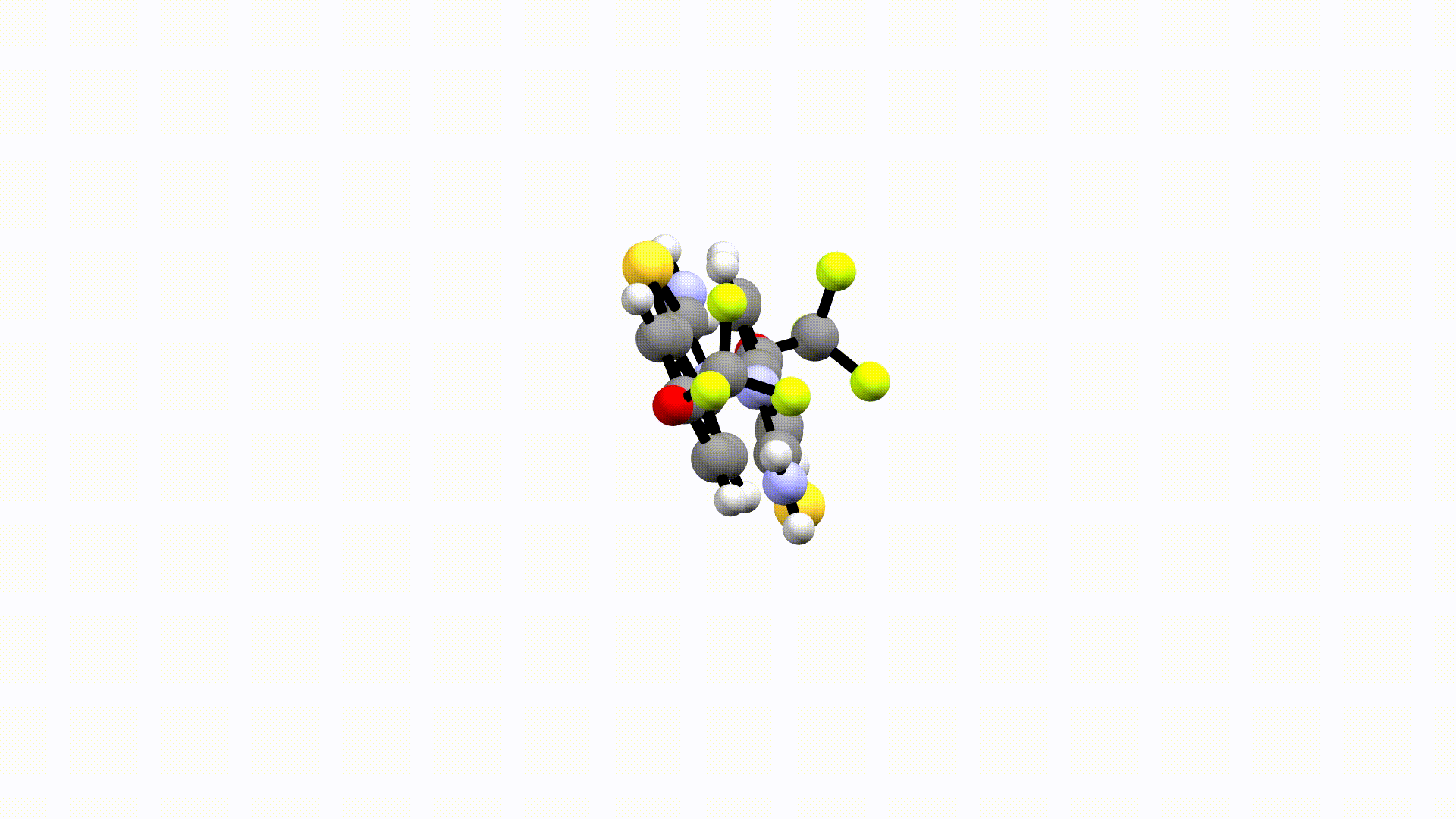Highlights from the Latest CSD Update
A Tetranuclear Ru Cubane, a Supramolecular Docking System, Two New Polymorphs for Treating Amyotrophic Lateral Sclerosis, and More
The latest data update of the Cambridge Structural Database (CSD) adds 20,370 structures (22,998 entries). This brings the CSD to nearly 1.4 million, benefiting numerous fields such as pharmaceutical research, agrochemical studies, materials science, and beyond.
Here, we highlight a few examples of this update that showcase the diversity and innovation of the latest discoveries in structural chemistry.
What Is in This CSD Data Update?
Like previous updates, just over half of these entries (11,576) are metal-organic structures that can be classified as coordination complexes and metal-organic frameworks (MOFs).
Among them, a stunning tetranuclear Ru cubane with three polymorphic forms is reported by Tomoyuki Mochida et al. in Chemical Communications.
This study demonstrates the quantitative formation of the Ru cubane cages directly from organometallic ionic liquids using UV light. X-ray structures reveal that the different polymorphic packings are driven by flexible alkyl chains.
An innovative application of MOFs is reported in Nature. Jonathan L. Sessler et al. developed a supramolecular docking system using EtP5-MOF-2, a pillar[5]arene-based MOF to trap and crystallize hard-to-study alkyl compounds, even including oily drugs and volatile pheromones.
CSD Entry JONWES is the first atomic-resolution structure of a life-saving LC-FAOD drug Dojolvi that docks into the pillar[5]arene cavity, with one alkyl chain threaded through the host. The structure reveals stabilizing [C–H⋯π] interactions—previously impossible due to the drug’s flexibility.
Organic structures form the remaining half of this update, featuring 11,422 structures. Many of these play vital roles in pharmaceutical research, one fine example of which is the discovery of two new polymorphs of Riluzole-a glutamate modulator approved by the U.S. Food and Drug Administration for treating amyotrophic lateral sclerosis.
James D. Wuest et al. report in Cryst. Growth Des the monoclinic P2₁/c Form III is the commercially used polymorph as it is more stable than the other two forms at room temperature.
Another impressive development in understanding spin entanglement in carbon-based materials is demonstrated by the solution-phase synthesis of Clar’s goblet.
Jshan Wu et al. reports in Nature Chemistry, this long-sought hydrocarbon with two spatially segregated spins entangled in a singlet ground state. This discovery opens doors for quantum spin technologies and molecular magnetism. CSD Entry TUNYIO shows two enantiomers form a pseudo-molecular box, encapsulating two chlorobenzene molecules inside.
This update also contains 72 entries obtained from electron diffraction.
Jean-Philippe Surivet et al. report in Bioorganic & Medicinal Chemistry that this technique reveals the cocrystal structure of DORA 31 and hemifumaric acid from nano-sized crystals.
CSD Entry BUTRAN was selected as a preclinical candidate for the treatment of insomnia disorders.
Next Steps
To discuss further and/or request a demo with one of our scientists, please contact us via this form.
Check out the Cambridge Structural Database (CSD) for yourself and see how your research can benefit from the combined knowledge of nearly 1.4M small-molecule organic and metal-organic crystal structure data.
Proprietary data? Our team can curate your proprietary data into a Cambridge Structural Database (CSD)-like database, accessible through a simple browser-based interface. This is all done within your firewall to comply with your data security requirements.
More information on CSD software trusted by academic and industrial institutions around the world.
See case studies of the CSD in action, driving forward the boundaries of scientific research.




